Building on diabolical strength
By MARION RENAULT • Associated Press
Ironclad Beetle
“This beetle is super tough,” said Purdue University civil engineer Pablo Zavattieri.
The seemingly indestructible insect — aptly named diabolical ironclad beetle — owes its might to an unusual armor that is layered and pieced together like a jigsaw, said the study by Zavattieri and his colleagues published in Nature. And its design, they say, could help inspire more durable structures and vehicles.
The inch-long species, which can be found in Southern California’s woodlands, can withstand compression of about 39,000 times its own weight. For a 200-pound man, that would be like surviving a 7.8-million-pound crush.
Researchers then used electron microscopes and CT scans to examine the beetle’s exoskeleton. As is often the case for flightless beetles, the species’ elytra — a protective case that normally sheaths wings — had strengthened and toughened over time. Up close, scientists realized this cover also benefited from special, jigsaw-like bindings and a layered architecture.
When compressed, they found the structure fractured slowly instead of snapping all at once. “When you pull them apart,” Zavattieri said, “it doesn’t break catastrophically. It just deforms a little bit.”
Because the beetle-inspired design fractures in a gradual and predictable way, cracks could be more reliably inspected for safety, said Po-Yu Chen, an engineer at Taiwan’s National Tsing Hua University.
The study is part of an $8 million project funded by the U.S. Air Force to explore how the biology of creatures such as mantis shrimp and bighorn sheep could help develop impact-resistant materials. It is the latest effort to borrow from the natural world to solve human problems, said Brown University evolutionary biologist Colin Donihue. Velcro, for example, was inspired by the hook-like structure of plant burrs. Artificial adhesives took a page from super-clingy gecko feet.
Donihue said endless other traits found in nature could offer insight: “These are adaptations that have evolved over millennia.”

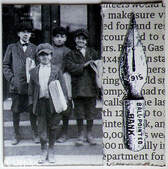
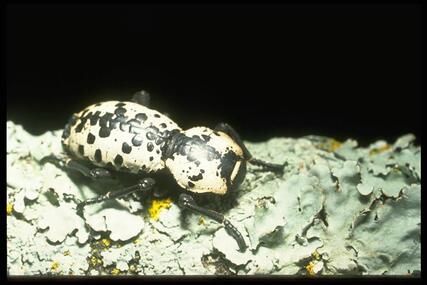
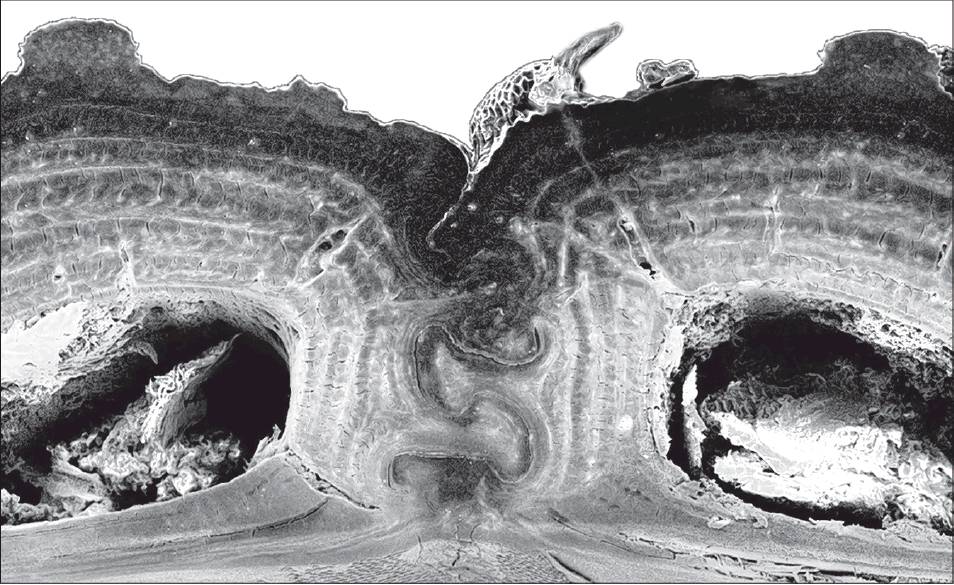

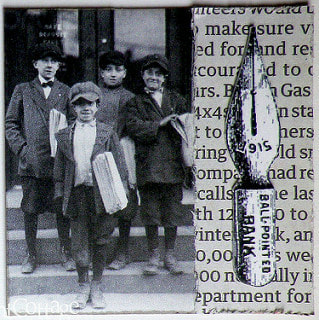

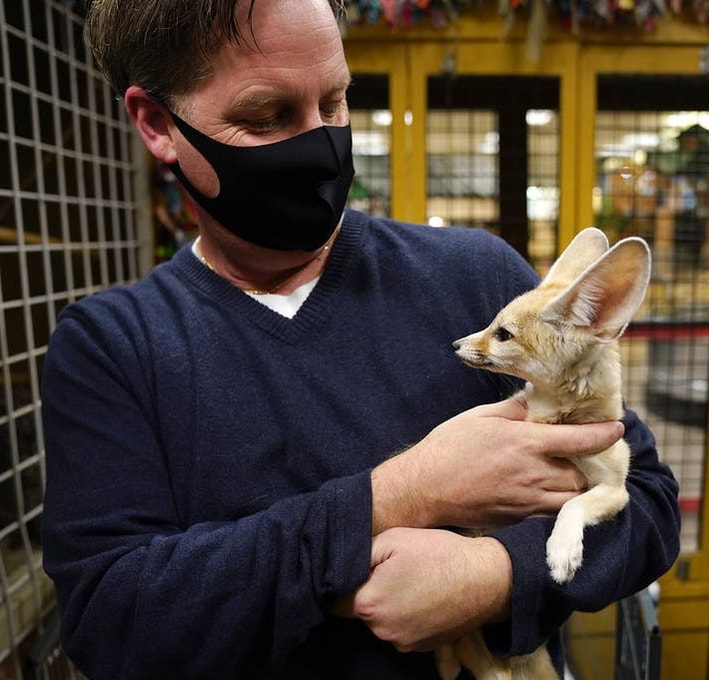
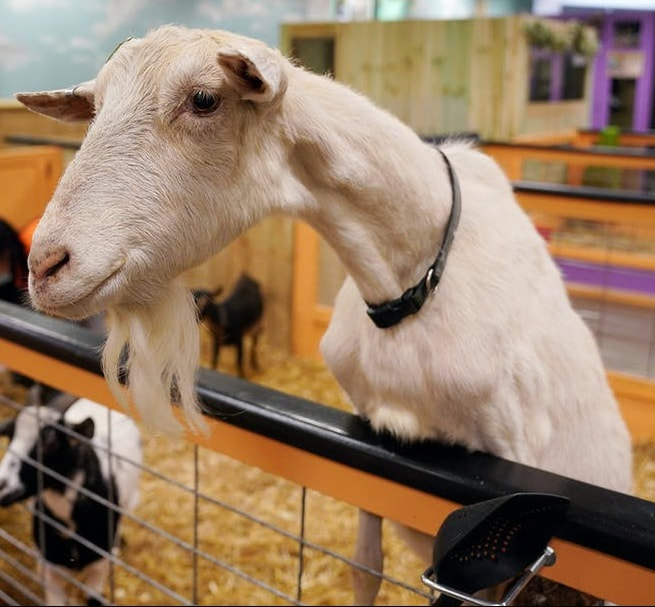



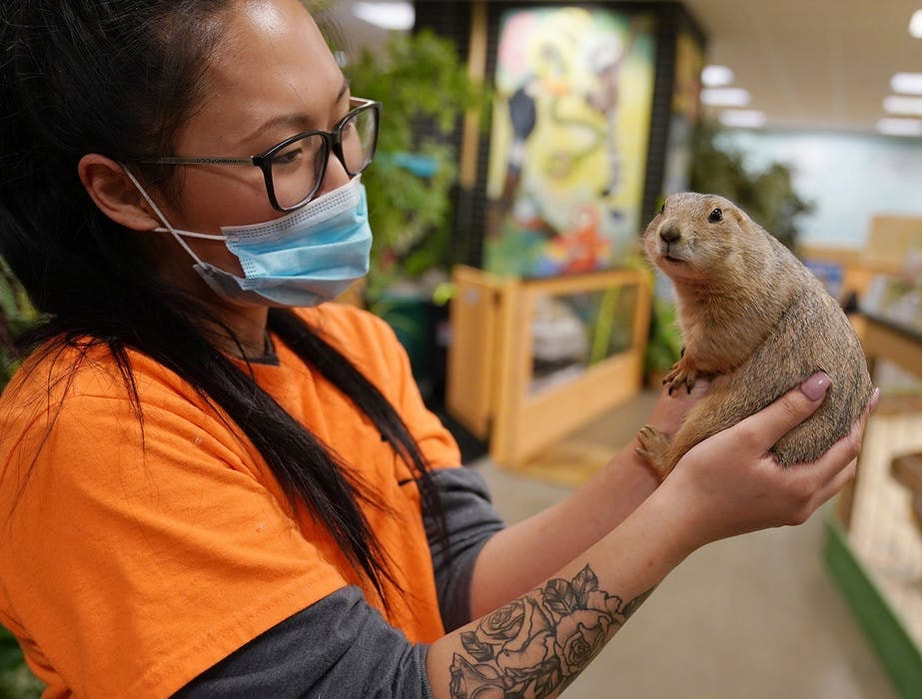
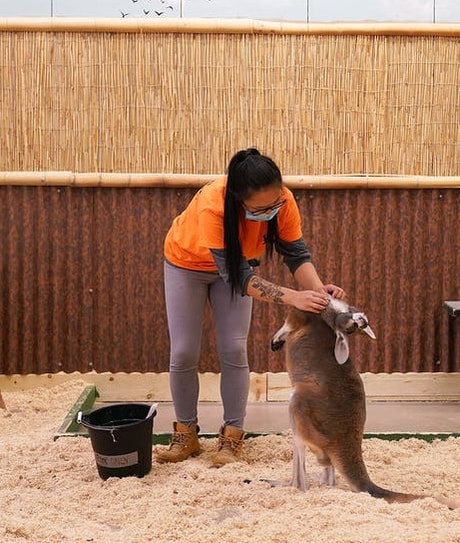
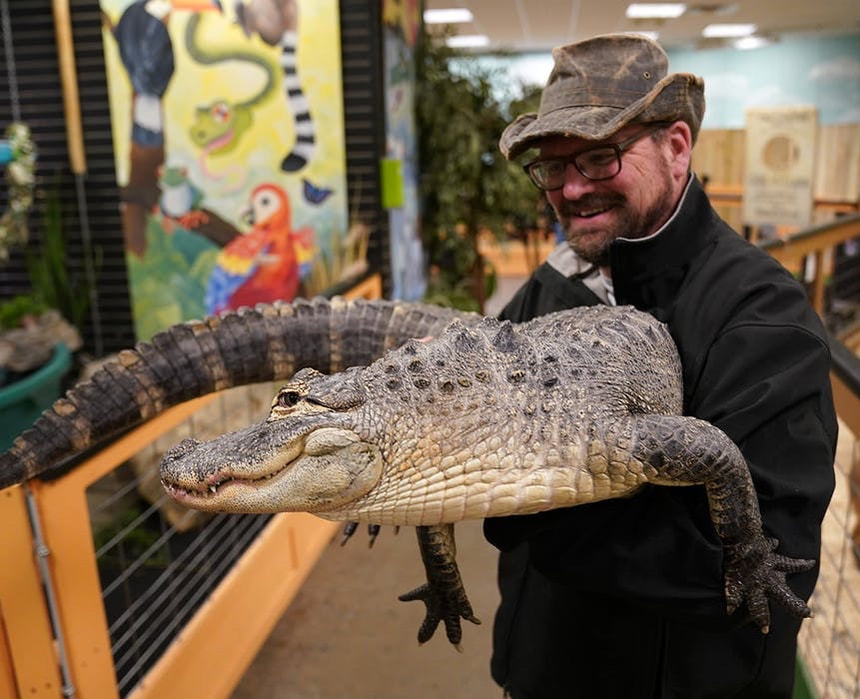
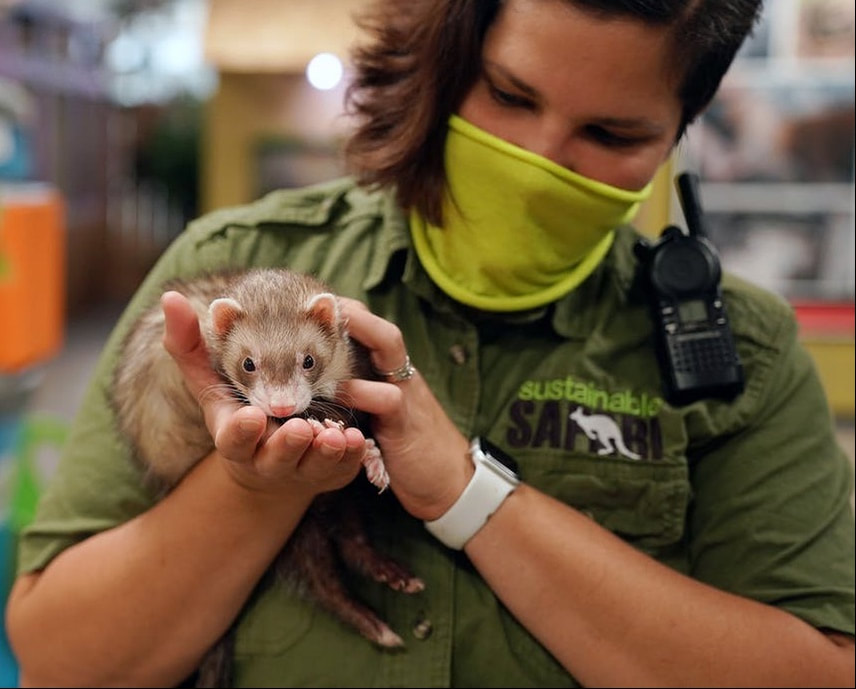


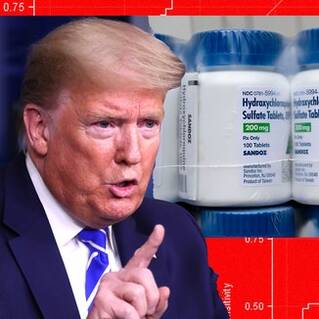
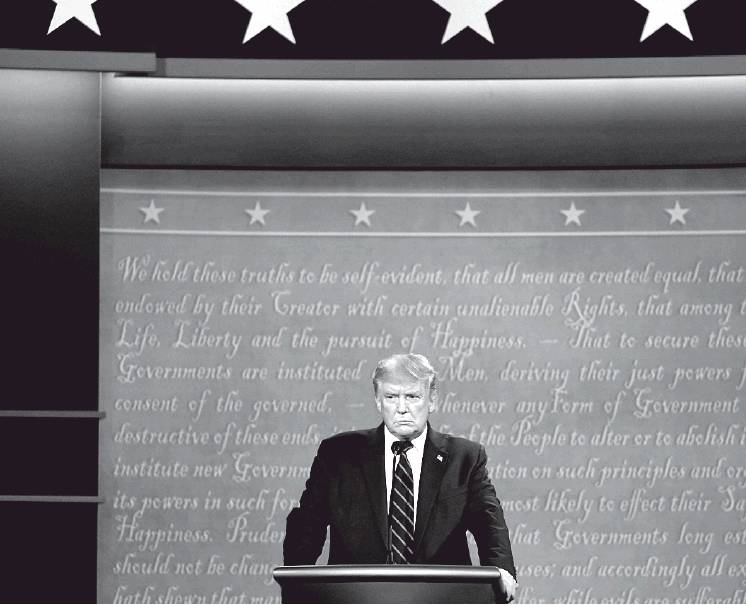
 RSS Feed
RSS Feed